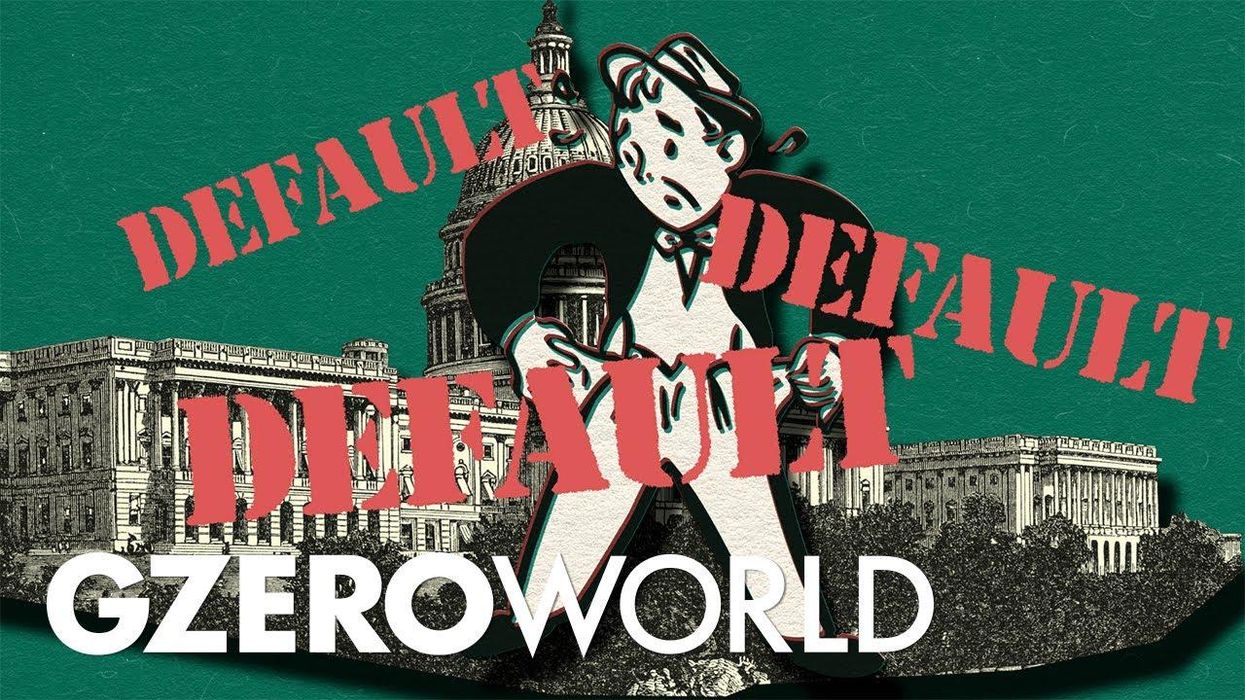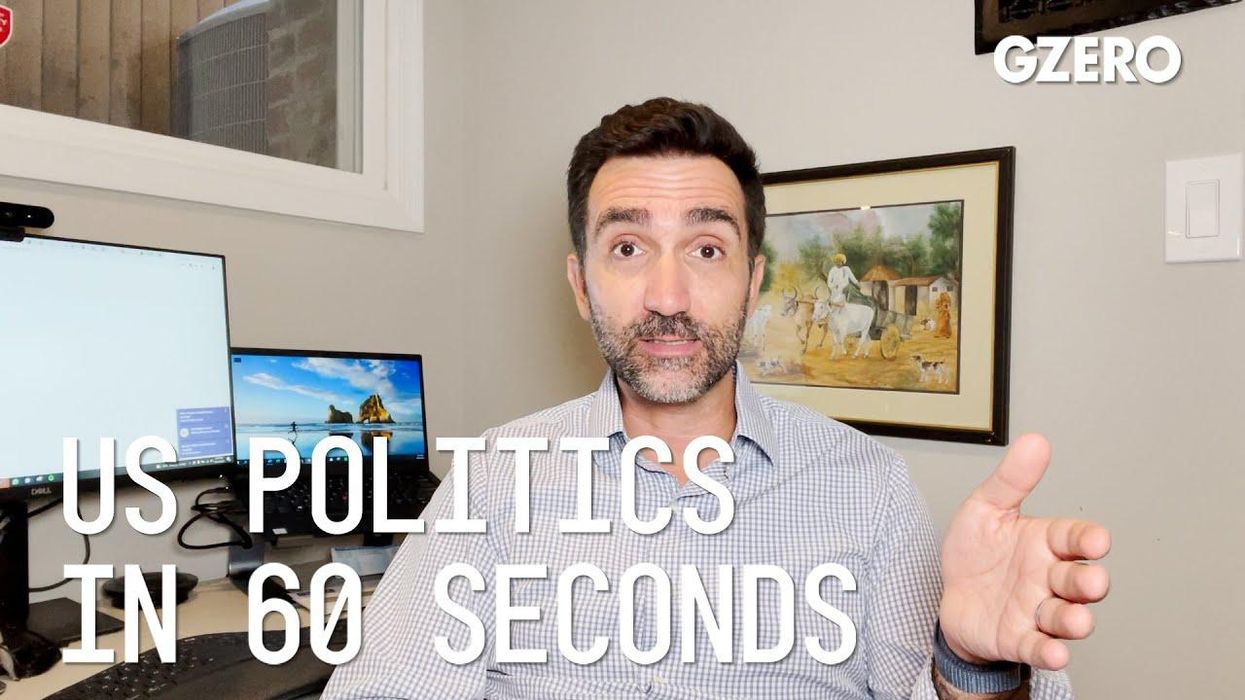GZERO World with Ian Bremmer Podcast
Inside Elon Musk and DOGE's "revolutionary" push to reshape Washington, with WIRED's Katie Drummond
Listen: Elon Musk, the world’s richest man, made his fortune-breaking industries—space, cars, social media—and is now trying to break the government… in the name of fixing it. But what happens when Silicon Valley’s ‘move fast and break things’ ethos collides with the machinery of federal bureaucracy? On the GZERO World Podcast, Ian Bremmer sits down with WIRED Global Editorial Director Katie Drummond to unpack the implications of Musk’s deepening role in the Trump administration and what’s really behind his push into politics.
Mar 29, 2025




